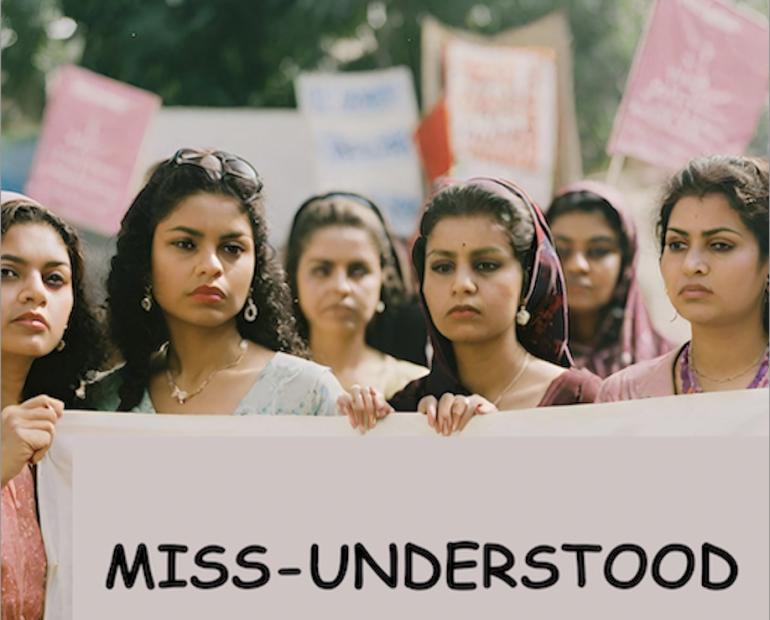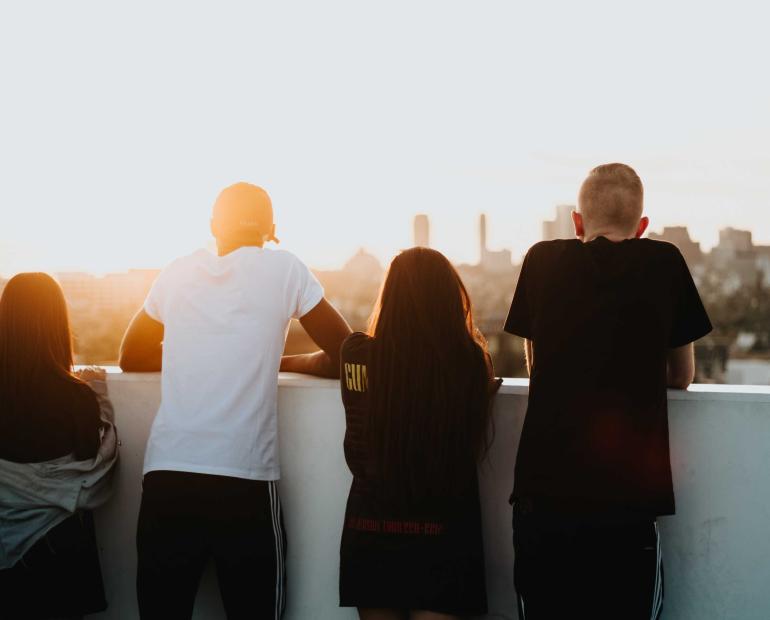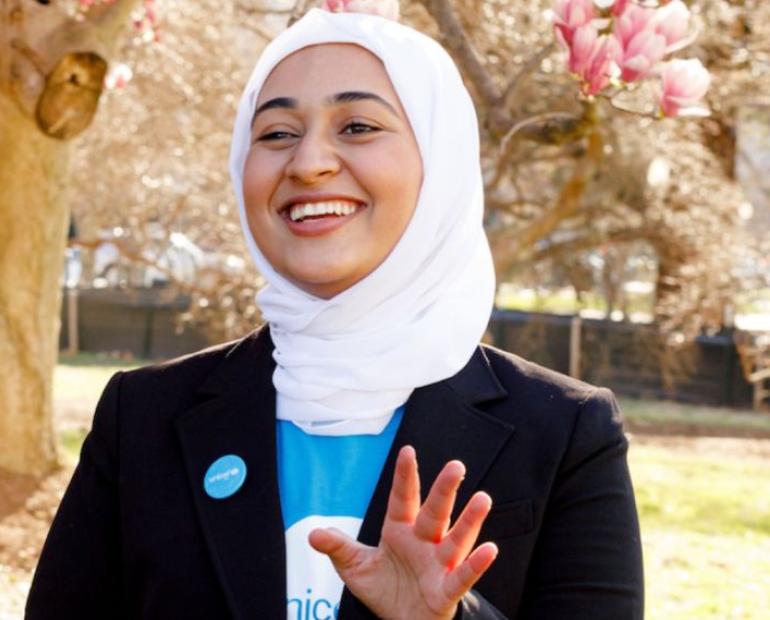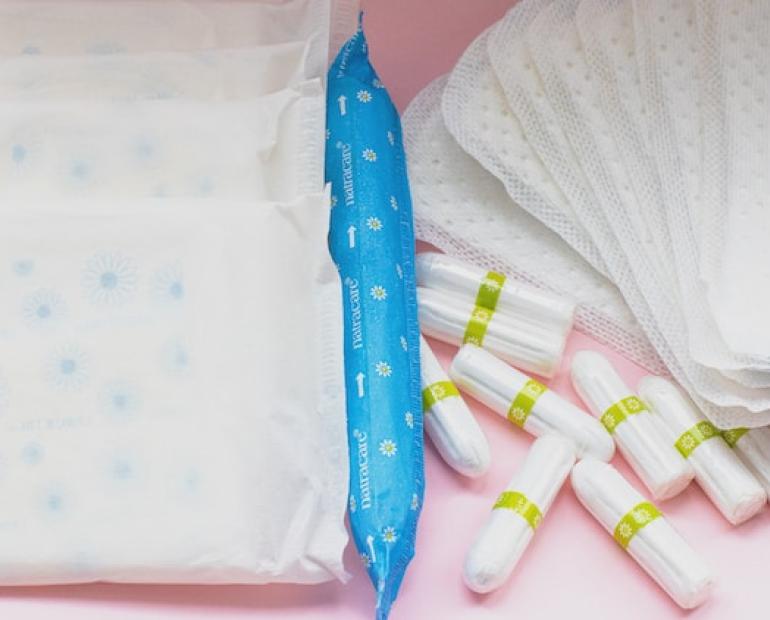
I find it ironic that the first election I was eligible to vote in, was also one of the most cut-throat. I voted in Georgia, a state where attempts to disenfranchise people of color continues to plague the system. These attempts are often masked either as rightful decisions based upon the conduct of the disenfranchised or beyond the control of those in power. Yet, if one digs deeper, this disenfranchisement is a historical and long-standing issue that illustrates how racism operates in America. Merriam Webster dictionary defines “Disenfranchisement” as something done “ to deprive of a franchise, of a legal right, or of some privilege or immunity especially: to deprive of the right to vote.” Voter suppression and disenfranchisement of people of color has a long-standing history in the United States – it is a gazillion layer cake being served largely to people of color. Below, I talk about two of those layers.
The first layer of the cake appeared to me when I was 6 years old and watched my father cry because he was unable to vote in the first presidential election with an African American candidate. Why? Because he was a convicted felon. In a New Yorker article, the author quotes Roger Clegg, president of a conservative think tank who argues: “If you’re not willing to follow the law yourself, then you shouldn’t have a right in making the law for everyone else.”
This argument justifies voter suppression while ignoring the reality of a justice system that disproportionately targets black men, and particularly black men from lower income communities. African Americans are arrested much more frequently than their white counterparts and prisons are disproportionately filled with Black men.
One study found 1 in 16 African Americans of voting age are disenfranchised due to felony convictions and that this rate of disenfranchisement is 3.7 times greater for people of color than it is for non-minorities. According to the University of Georgia News, 33 percent of the African American male population have felonies. This means that, in some states, huge swaths of entire communities cannot vote.
That disenfranchisement has a significant impact both on the individuals and on society. As Derrick Washington, an incarcerated man and founder of the Emancipation Initiative-a committee says: preventing him from voting made him feel like a “slave of the state of Massachusetts.”
Even in states that do not systematically disenfranchise felons or prisoners, the system still often makes it difficult for them to exercise their right to vote. University of Vermont Professor Alec Ewald states that, “The information around prisoner voting is damaging and flawed. You have a number of people who are eligible to vote, but if no one knows that they're eligible to vote, and no one presents them with an opportunity to vote, they are in fact disenfranchised.”
While some states allow felons to vote after serving a sentence, others will not let convicted felons vote, even after they have completed their sentence. While some, like Mr. Clegg, justify depriving felons of the right to vote by looking at individual’s behaviors, I think we need to look at societal causes. While it is true that convicted felons broke the law, as my father did, it is also true that African American men, and people in low income communities have been historically subjected to harsher punishments and rates of incarceration than their more privileged counterparts. The argument that felons brought this on themselves ignores the systemic racism that underlies our criminal justice system.
I also suggest that another layer of the disenfranchisement cake was illustrated in the 2020 Georgia elections. In those elections, ease of voting differed greatly depending upon where one lived. Some voters were awarded with five-minute wait times while others stood in line for more than six hours. Factors, such as broken ballot machines, or insufficient staff were the reasons polling facilities used to justify these mishaps – mishaps that seemed to consistently occur largely in lower income communities. Factors such as subpar polling facilities can serve as acts that create barriers that prevent individuals from voting.
Former Georgia Gubernatorial Candidate Stacey Abrams states: “We should not live in a nation where your access to democracy depends on your celebrity, your wealth, or your ZIP code.” Yet, that is what occurs on a regular basis. This is not something that is uncontrollable. Government officials are aware of the issue and have the power to remedy the problems. Yet, the will to remedy the problem does not exist, and the lack of a need to do so was reinforced when the Supreme Court ruled in Shelby v. Holder, that states no longer had to comply with long-standing protections of the Voting Rights Act.
That ruling, along with actions by state and local government such as not ensuring sufficient working voting machines in low income neighborhoods, illustrates how politicians, and even judges, turn a blind eye to the voting disparities prevalent in our country.
As a young black girl, I’ve witnessed numerous members of my family fall prey to a system that never thought to include them in the first place. To stop the systematic disenfranchisement of my community, people need to admit that it is within the government’s power to ensure equitable voting conditions, and they need to recognize that disenfranchisement of prisoners is an example of long-standing historical voter suppression when it comes to African American voices.
There are many things we could do. For example, we could begin looking at prisoners as people and not as sub-humans whose conduct deprives them of the right to have a say in electing this country’s leaders. State and local governments could also look at how to expand, rather than restrict, voting access. Taking steps like these would allow everyone in America to get to eat the same voting cake.






